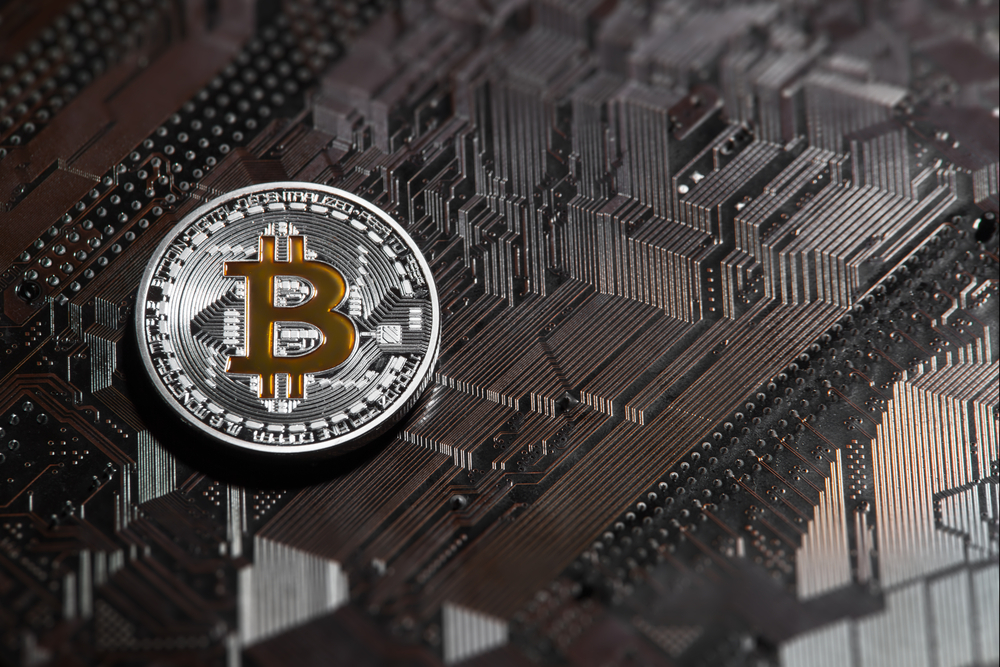Satoshi Nakamoto’s creation is often seen as something it is not, as there are a lot of misconceptions that simply don’t want to go away. Sometimes, because some want to smear bitcoin, and often because others fail to do their homework properly. Here are a few common misconceptions about bitcoin that the average joe keeps on believing:
5. It’s all a big Ponzi scheme
Ponzi schemes usually involve a central entity trying to persuade possible investors, telling them they will make a huge profit. In these schemes, the only way those on top can make money is at the expense of others. Bitcoin is a decentralized peer-to-peer currency, there is no central entity. It does not require a constant flow of money to sustain itself, not does it require new adopters to survive.
Moreover, it is important to note that, if it was all a Ponzi scheme, we would assume Satoshi Nakamoto, bitcoin’s creator, would live an extravagant lifestyle. He owns roughly 1 million bitcoins – a little over US$1 billion at the time of press. Yet, these coins haven’t been moved in years.
4. Bitcoin is mostly used by criminals
It is true that Silk Road, an infamous dark web marketplace, helped bitcoin grow in 2011. In 2013, the FBI took down the Silk Road, but that did not stop bitcoin from growing. Recently, bitcoin’s market cap hit $15 billion, as the ecosystem of legitimate businesses who accept bitcoin keeps on growing. In some cases, businesses can even get a special license that allows them to legally accept bitcoin as a form of payment.
Nevertheless, bitcoin is used by criminals, just like fiat currencies, commodities, app store gift cards, gym membership vouchers and pretty much anything with value.
3. Bitcoins can only be used online
In the early days, it was very hard to use bitcoin as almost no one was accepting the cryptocurrency. Nowadays, however, there are thousands of businesses accepting bitcoin throughout the world, and one can not only buy food, but also get a haircut, hire a lawyer, and even get a lightsaber. There’s a useful app out there, called Bitcoin Map, that lets users know which brick-and-mortar businesses around them accept bitcoin.
Here’s a video of a transaction at Subway:
2. Bitcoins can easily be stolen
Hackers have been successful at stealing large amounts of bitcoin in the past, but that doesn’t mean the cryptocurrency isn’t safe. Most bitcoin thefts were a result of inadequate wallet security, and since then risk-mitigating measures have been taken. Yet, these high-profile bitcoin heists can make the currency look unsafe.
Users need to properly secure their wallets , and that means backing them up and encrypting them. Offline wallets are the safest way one can store their bitcoins, and even these should be backed up.
1. Transactions are completely anonymous
Although you don’t need a bank account or a social security number to pay with bitcoin, transactions aren’t completely anonymous. Every transaction is publicly recorded on the blockchain in order to prevent certain actions, such as spending the same bitcoin twice.
Granted, it’s hard to use bitcoin transactions to uncover someone’s real identity, but it is possible. If someone’s transactions are tracked down to an exchange, for example, it is possible authorities uncover the person’s identity through a subpoena. To protect one’s privacy, a bitcoin address should only be used once.
If you liked this article, follow us on Twitter @themerklenews and make sure to subscribe to our newsletter to receive the latest bitcoin, cryptocurrency, and technology news.

